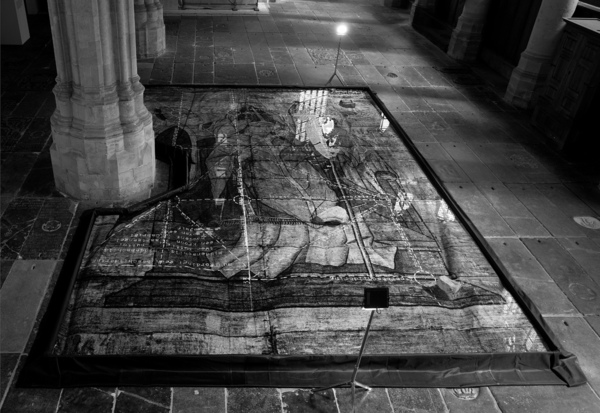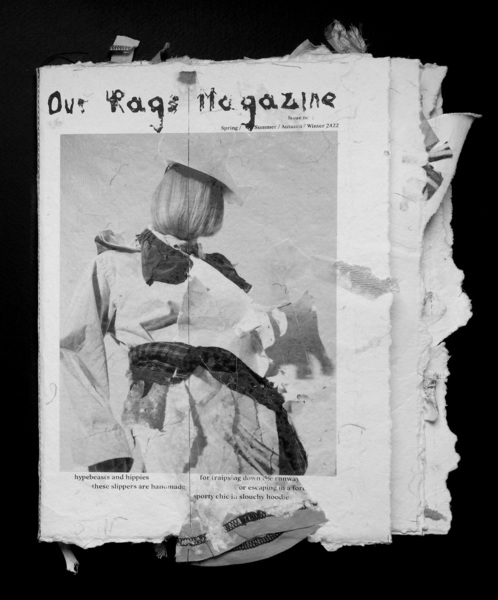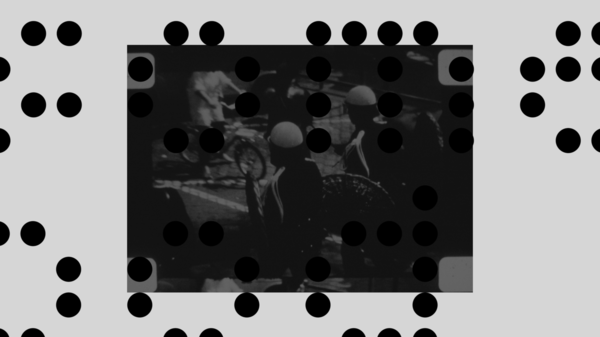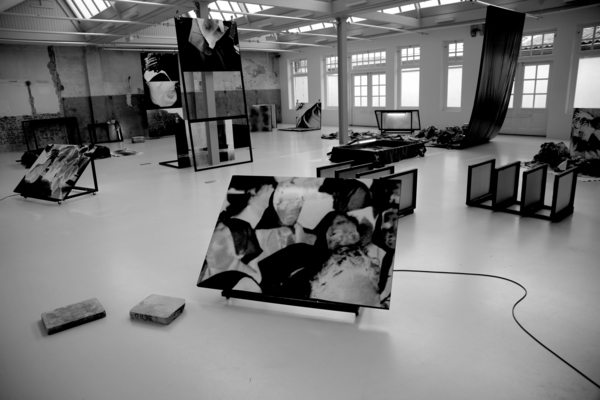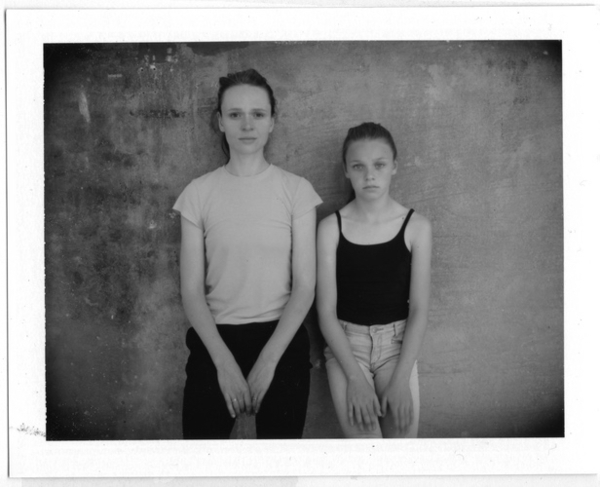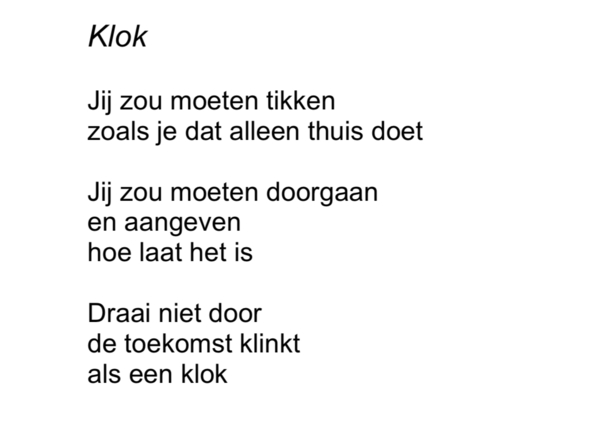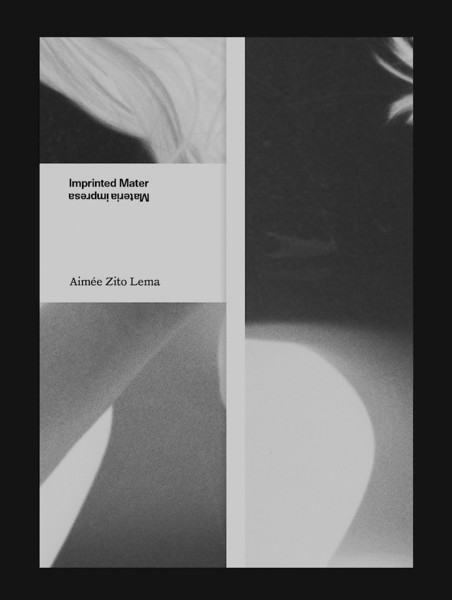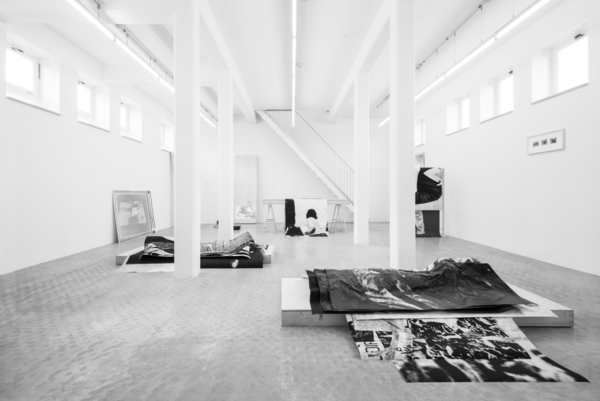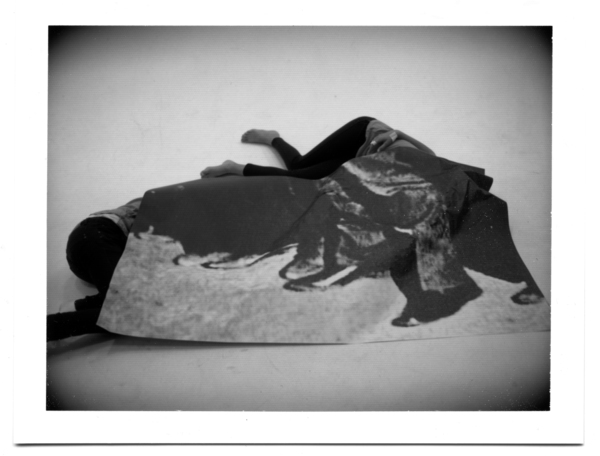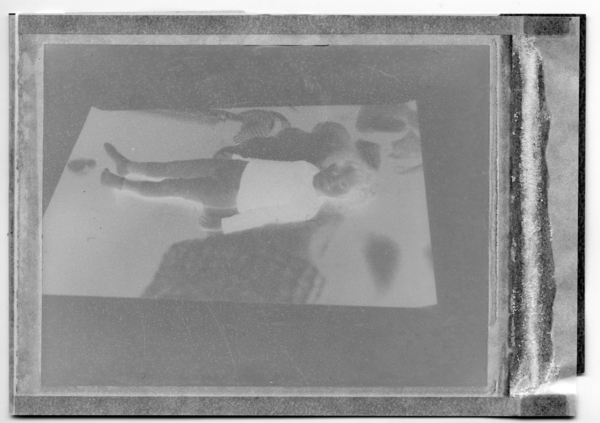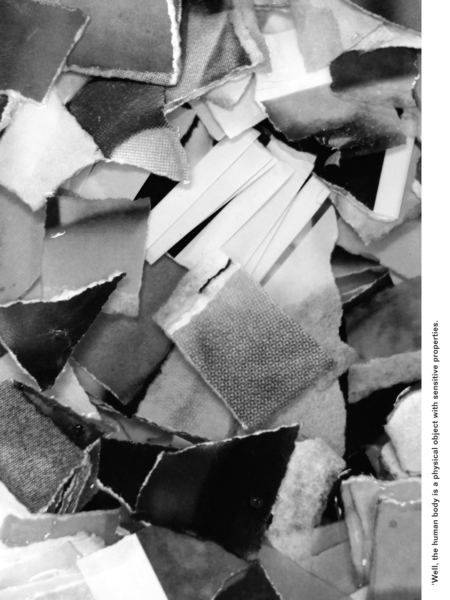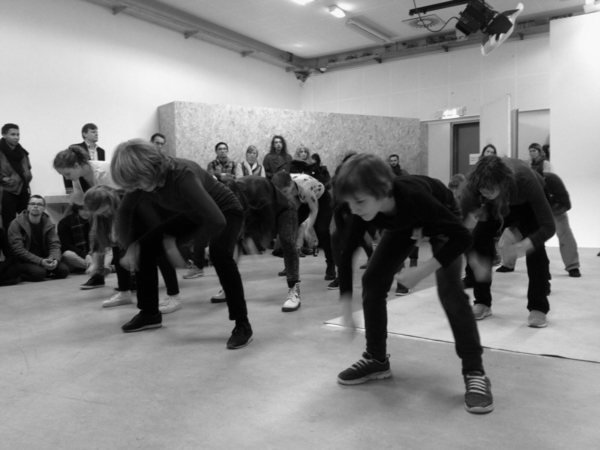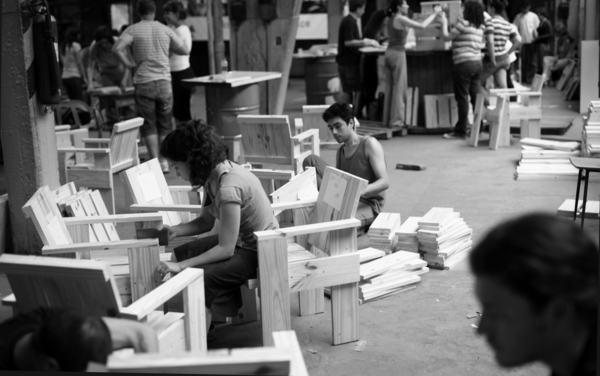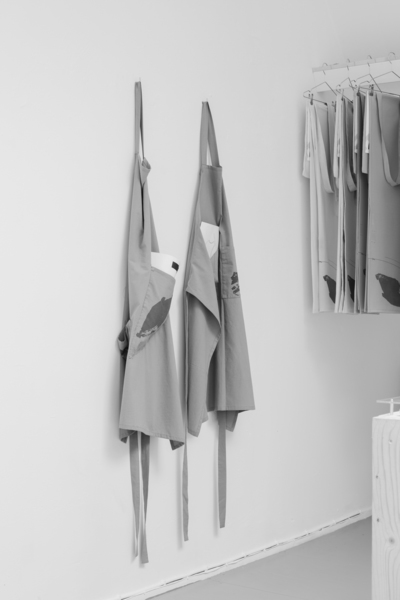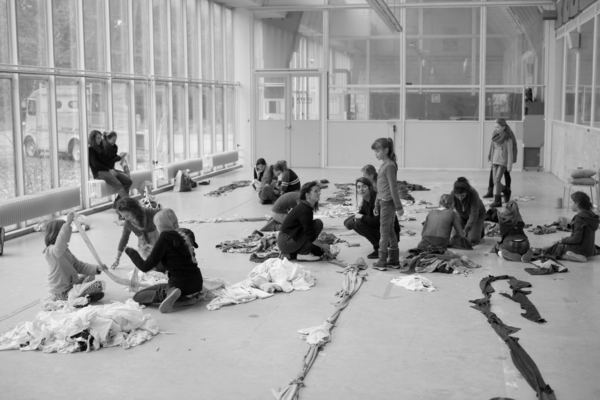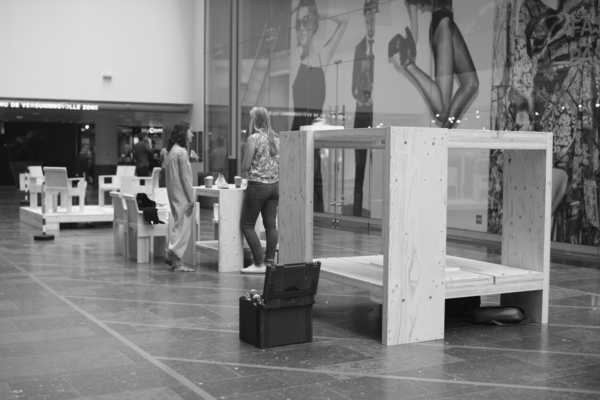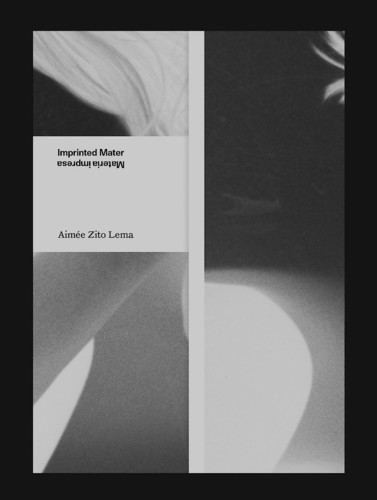13 Shots (2018)
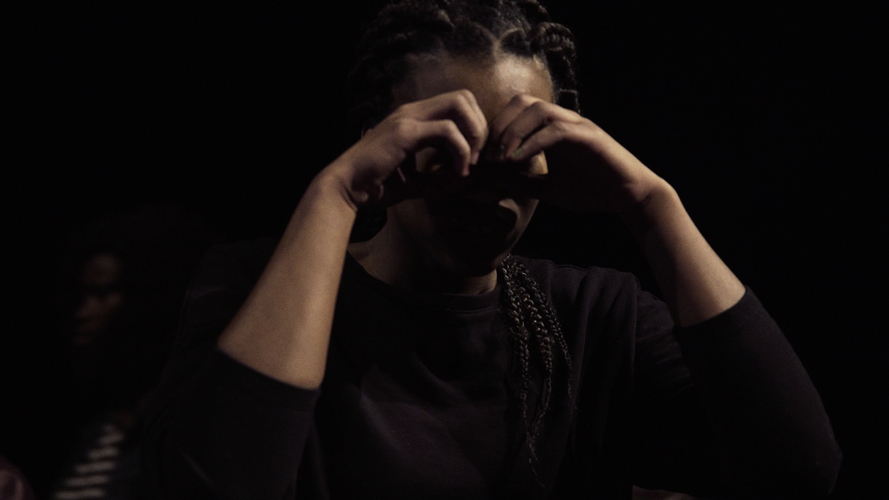
Video still, 13 Shots, 3-channel video-installation, colour, ambient sound, 18 min, 2018.
Solo exhibition - Museu Calouste Gulbenkian, Lisbon, 2018.
3-channel video and sound installation, sculptures, photography and silkscreen prints.
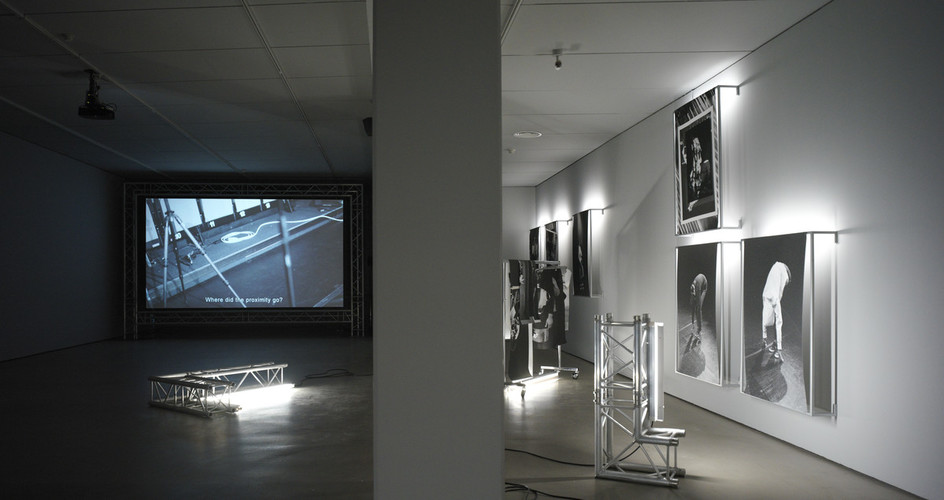
Exhibition view, 13 Shots, Museu Calouste Gulbenkian, Lisbon, 2018.
Body-Archive
Exhibition text by: Daniela Agostinho, Ana Cristina Cachola, Luisa Santos
The constellation of memory, body and archive has long been at the core of Aimée Zito Lema’s territory of experimentation. Drawing both directly and indirectly on archives, the artist reflects on images, events and their genealogy within economies of the visible and the invisible, invoking recollections that are always percolated by acts of forgetting, or the reinscription of an earlier visuality into the contemporary realm of the sensible. This reflection upon images is always reinforced by expanding the field of memory beyond the visual and the archival, thus giving new forms to the bodily and material substance of historical experience.
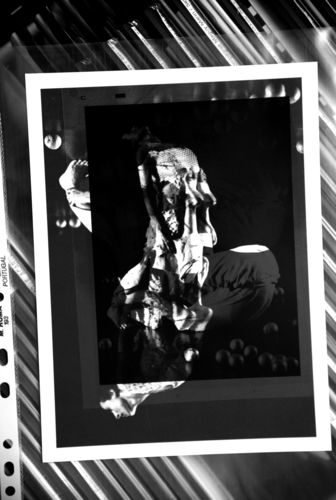
Detail, inkjet print on paper.
The title of Aimée Zito Lema’s project – 13 Shots – is inspired by Clarice Lispector’s short story ‘Mineirinho’, which deals with an event that shocked Brazilian public opinion in 1962 when, with complete disregard for any laws, human rights or ethics, the police executed a murderer, Mineirinho, by firing 13 shots at him. The title of the exhibition was chosen long before the recent case of violence by Brazilian police, who, in March 2018, killed Rio de Janeiro's city councilor Marielle Franco – a black, lesbian, feminist sociologist and human rights activist who was critical of police action. The recent memory of this case of necropolitical violence haunts the exhibition title, which the artist borrowed from Lispector in order to conceive images as devices of violence. The semantic duality of the word shot, which can refer to both the firing of a gun and to the visual capturing of an image, inspired the editing of the video installation, which consists of precisely 13 shots. Throughout these shots, the video attempts to reach closer to the filmed experience, yet this proximity is always negotiated and deferred, mediated as it is through the conditions of its representation.

Exhibition view, 13 Shots, Museu Calouste Gulbenkian, Lisbon, 2018.
In exploring this semantic duality, Zito Lema reflects on the violence that is often contained in and obliterated by images, as well as on the need to expand, complement and subvert the visual field through the memory of bodies, gestures and voices. After all, images enact violence, both through what they represent and through what they conceal: images are one way through which certain bodies are deemed human and deserving of protection, while others are rendered superfluous, disposable and thus subject to violence and invisibility, as suggested by Judith Butler and Alexander G. Weheliye. On the other hand, by virtue of their phenomenology (inevitably incapable of conveying the corporeality of life, other than through evocation or absence), images often curtail the material and sensory dimension of bodies, limiting experiences beyond the visual sense (whether tactile, auditory, olfactory or gustatory), as well as limiting those experiences that manifest themselves at molecular, genetic or even elemental levels.
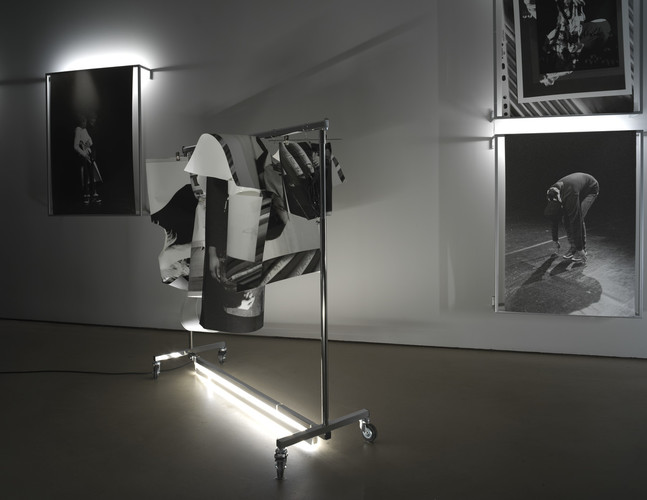
Exhibition view, 13 Shots, Museu Calouste Gulbenkian, Lisbon, 2018.
This reflection on the work of images and the way they both enable and constrain the transmission of memory and violence underlies Aimée Zito Lema’s artistic project. Initiated during a residency at Rua das Gaivotas 6 in Lisbon, the project investigates the layers that make up the structure of memory through two different focus points brought together by this exhibition: the vernacular processes through which the memory of the Carnation Revolution is mediated and transmitted from generation to generation, particularly through the oral transmission of memory; and the way in which we interact with images of the past through the body and narrative fabulation.
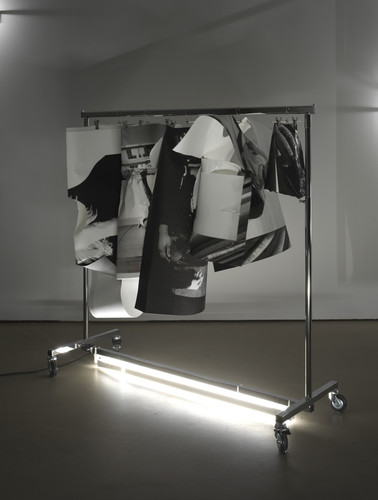
Exhibition view, 13 Shots, Museu Calouste Gulbenkian, Lisbon, 2018.
Aimée Zito Lema’s process is often performative, though not necessarily in the sense of an artistic medium or genre, but rather as a methodology that draws on the physical, gestural and vocal involvement of different individuals in the form of a collective exploration of a theme or object. During her residency in Lisbon, the artist worked with two local theatre groups – the theatre group from D. Filipa de Lencastre secondary school and the Theatre of the Oppressed Group (GTO) – with whom she explored different ways in which memory is transmitted through images, narratives and the body.

Exhibition view, 13 Shots, Museu Calouste Gulbenkian, Lisbon, 2018.
In her collaboration with GTO, the two focus points of experimentation – the intergenerational transmission of the memory of the Carnation Revolution, and the way in which we affectively engage with images of the past – came together through exercises co-created by the artist and the group. During her residency, Aimée Zito Lema carried out an investigation into the archives of ACARTE, the Calouste Gulbenkian Foundation’s former art education programme (1984-2002), a department responsible for designing and organising cultural and artistic programmes within the non-exhibition spaces of the Calouste Gulbenkian Museum. During these two decades, ACARTE was responsible for showcasing the most ground-breaking and state of the art performances of the time, building up a canon of artistic creation that continues to demand respect to this day. In response to images of performances that took place in the Museum’s Multipurpose Room over those two decades, Aimée Zito Lema photographed the photographs in the ACARTE archives, printing them out in large formats. In her workshop with GTO, which took place in the Multipurpose Room – the very same place where the archived performances took place – participants were encouraged to describe the content of the images, to ask questions, formulate answers and imagine the situations, people and spaces portrayed in the enlarged photographs distributed around the room. Through these photographic prints, and through a collective exercise in fabulation, the group invented stories that speculatively filled in the gaps inherent to photographic images – and to any canon.
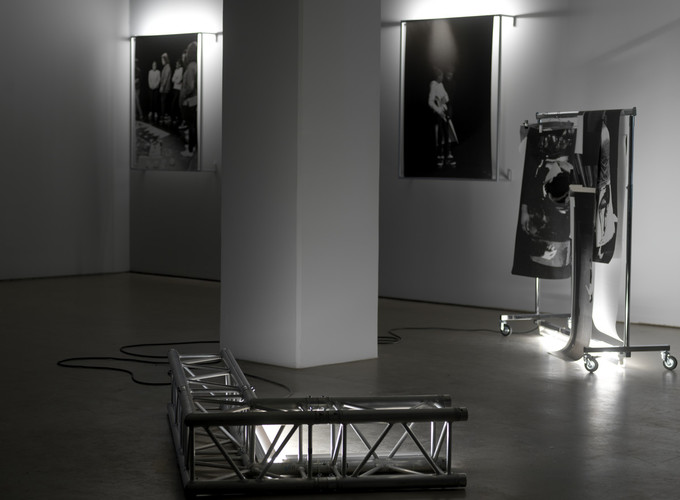
Exhibition view, 13 Shots, Museu Calouste Gulbenkian, Lisbon, 2018.
This exploration of the latent potential held within the photographic archive culminated in the teenage members of the group physically crafting and wearing costumes made from those images. In so doing, they incorporated the memories of others – memories which were strange and distant to them – but also inserted themselves into the memory of this canonical space. Through this narrative and corporeal intervention upon images, another relationship with the archive was thus imagined, one based on the possibility of physical incorporation of memory and on the body itself becoming archive: one that moves, speaks, touches and feels, yet which also, through its embodiment, becomes conscious of its texturality, of its layers and gaps, of the traces of its actions in the world and of the actions of the world upon it in turn.
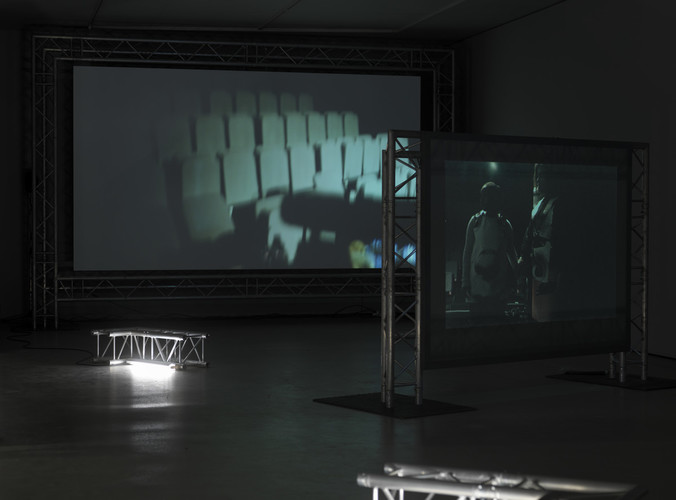
Exhibition view, 13 Shots, Museu Calouste Gulbenkian, Lisbon, 2018.
This workshop – and its photographic and filmic recording – is the primary visual material presented in 13 Shots. Through the video installation composed of three channels that both complement and overlap each other in a process that reveals as much as it conceals, as well as through the photographs of various formats that populate the space, the performance captured in photography and film point towards the performativity of the archive-memory-body constellation. It could be said that, not unlike other contemporary artists, Aimée Zito Lema explores that fascination with archival images that Hal Foster coined as the ‘archival impulse’, resorting to images as a starting point for her practice, in which archives function as a sort of technological correlative of memory. Acting upon archives or memory – and it should be noted that the visual manipulation of the archive can constitute a violent act – necessarily changes their ontological condition. In Aimée Zito Lema’s practice, the ontology of the archive is juxtaposed with the ontology of performance, two modes of intervention deemed irreconcilable by Peggy Phelan, amongs others: while the archive records, documents and preserves, performance only exists as an act destined to disappear. This ontological incompatibility is challenged by Aimée Zito Lema, in whose practice the archive inscribes but also erases and disappears, while the body retrieves, remembers and leaves traces. This encounter necessarily reconfigures the ontology of the body and the archive by disassembling and reassembling the materiality of the archive and giving rise to new traces of memory, or revealing its hiatuses and omissions.
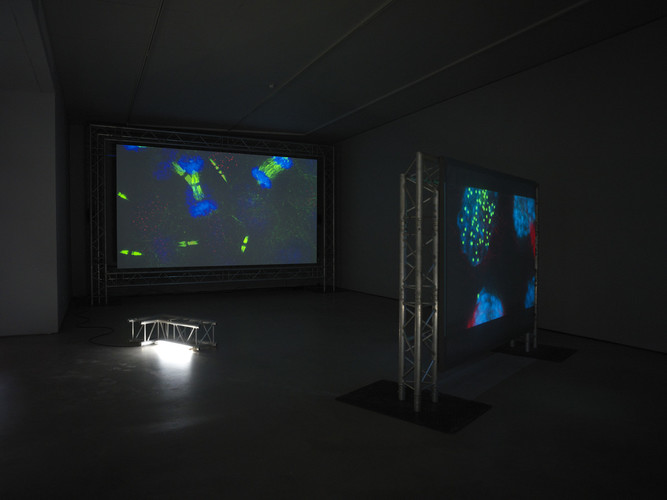
Exhibition view, 13 Shots, Museu Calouste Gulbenkian, Lisbon, 2018.
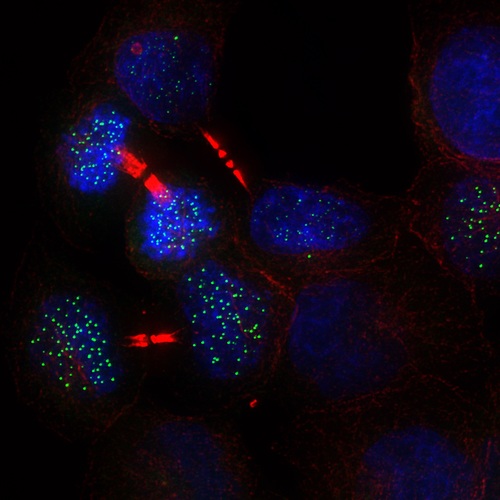
Video still, 13 Shots, 3-channel video-installation, colour, ambient sound, 18 min, 2018.
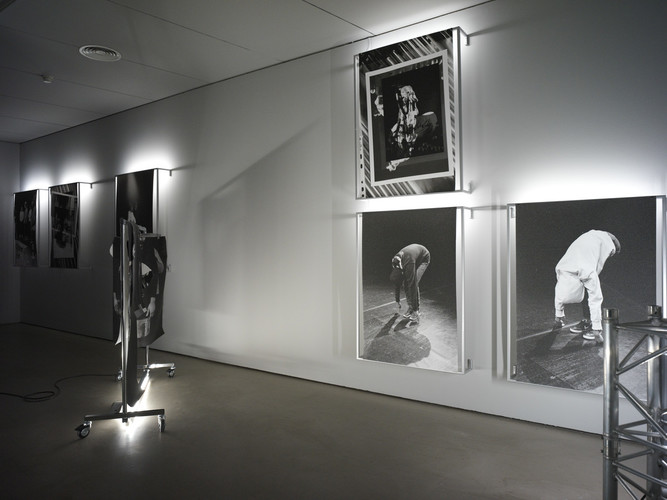
Exhibition view, 13 Shots, Museu Calouste Gulbenkian, Lisbon, 2018.

Detail, inkjet print on paper.
At the same time, in its interaction with the archive, the body becomes a mnemonic repository, where recollections are lodged through sensory and affective registers. While these recollections escape the conventional documentary registration of the archive, they are somatically inscribed, becoming legible through gesture, voice, movement and the encounter with the other, modes which, as Rebecca Schneider proposes, have always been used for the recording of history. In this sense, more than a symptom of an archival impulse, Aimée Zito Lema’s work is aligned with a critical impulse to reinvent the archive, to retrieve it from its patrilineal ontology in order to rethink it through its generative possibilities, its unfinished potential and its affective materialisations.
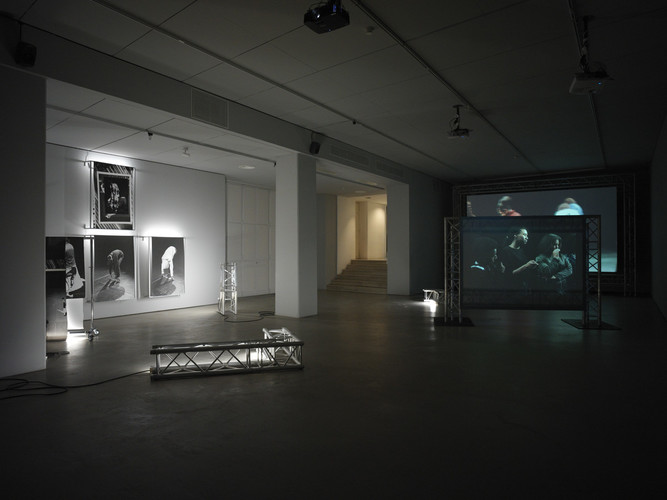
Exhibition view, 13 Shots, Museu Calouste Gulbenkian, Lisbon, 2018.
It is thus a body-archive that is materialised in Zito Lema's practice, one that unsettles and reinvents both the ontology of the archive and of the performative body. As such, her work never succumbs to ‘archive fever’, which Carolyn Steedman, drawing on Derrida, describes as the (at times frustrated) experience of the historian consumed by the desire for discovery among archival records and omissions. To the contrary, Aimée Zito Lema embraces and explores the ontological limits of the archive, making it the material for experimentation acted on by the body. Zito Lema's encounter with the archive is thus never exhausted in the mere reproduction of archival matter, but is rather radically transformative. Through bodily action, the archive ceases to be fixed (if it ever was), spawning new meanings that become inscribed in the present. If it is true that the archive, as episteme and power, regulates the body (or bodies, insofar as this regulation is always differentiated and uneven), the body can also interfere with and unsettle the archive, pointing towards its lacunae, and potentially filling them , often with just ‘doubts, desires and possibilities’

Exhibition view, 13 Shots, Museu Calouste Gulbenkian, Lisbon, 2018.
This performativity of the archive is rendered visible in the entire apparatus of the installation. The metallic structures supporting the videos and serving as material for the sculptural works evoke the scaffolding of performing arts such as dance, theatre and music, creating spaces for performance. Lights have been attached to these structures, evoking both the performative act (which necessarily must be visible) and archival research as a sort of illumination of the past through the present. This illumination, however, is never conceived as an elucidation of the past given to clarification and decipherment, but rather as fleeting moments of proximity with a past that is only approachable through layers, fissures and interventions. It is in this sense that the photographs scattered throughout the exhibition space are not just the result of Zito Lema's research in the Gulbenkian Archives, but mostly the result of interventions upon that archive, which ceases to be a mould in order to become something to be shaped.

Video still, 13 Shots, 3-channel video-installation, colour, ambient sound, 18 min, 2018.
Evoking, negotiating and re-imagining the various manifestations of the past as a way of producing a politically and socially informed present is central to Aimée Zito Lema’s practice. This evocation is always accompanied by an expansion of the material that mediates our encounter with the past in the present. Beyond any fever, the archive thus emerges in her critical territory not merely as repository of documents and traces to be appropriated, but first and foremost as an expanded matter composed of bodies, gestures, movement, voices, touch and affect transfigured and remade through aspiration and possibility.

Video still, 13 Shots, 3-channel video-installation, colour, ambient sound, 18 min, 2018.

Video still, 13 Shots, 3-channel video-installation, colour, ambient sound, 18 min, 2018.
Credits
Curators: Ana Cristina Cachola, Daniela Agostinho, Luísa Santos
Production assistance (UCP): Ana Fabíola Maurício
Performers: Grupo de Teatro do Oprimido de Lisboa: Beatriz Pereira Teixeira, Bruna Diana Vaz Fortes, Edgar Veiga Gomes, Germen Quinalau, Gesica Quinalau, Inês Veiga Pereira, Jessica Nascimento Gomes Varela, Liliana Nascimento Santos, Rosa Maria Lopes
Coordination GTO: Anabela Rodrigues / Archive images: ACARTE Archive / Cell images: Courtesy of Lars E. T. Jansen (Instituto Gulbenkian de Ciência) / Voice-over (text): José Maria Vieira Mendes / Voice-over (voice): Rosa Maria Lopes / Vocals: Alunos do Agrupamento de Escolas D. Filipa de Lencastre / Camera: Manuel Pinho Braga, Behnam Bornak and Aimée Zito Lema / Sound recording: Tito Pires / Recording of the voice-over: Filipe Otero Pureza / Photography: Behnam Bornak / Editing: Aimée Zito Lema / Colour correction: Manuel Pinho Braga / Silkscreen printing: Marta Teixeira da Silva / Images digital manipulation: Aimée Zito Lema / Digital printing photographs: GAMUT
Exhibition in the context of the European cooperation project 4Cs – From Conflict to Conviviality through Creativity and Culture, co-financed by the Creative Europe programme of the European Union.
Acknowledgments: Universidade Católica Portuguesa, Isabel Capeloa Gil, Museu Calouste Gulbenkian, Rua das Gaivotas 6, Cristina Correia, Pedro Penim, Agrupamento de Escolas D. Filipa de Lencastre, António Sousa Ribeiro, Lars E. T. Jensen, Miguel Coutinho.
All exhibition photo documentation: Carlos Azevedo / courtessy of Calouste Gulbenkian Museum.
